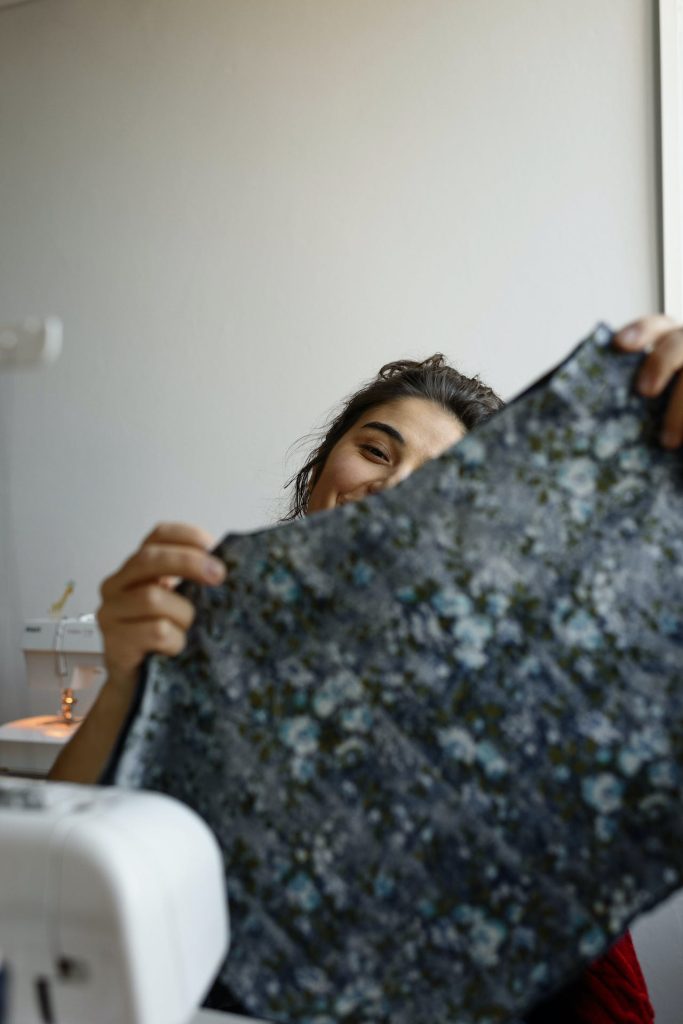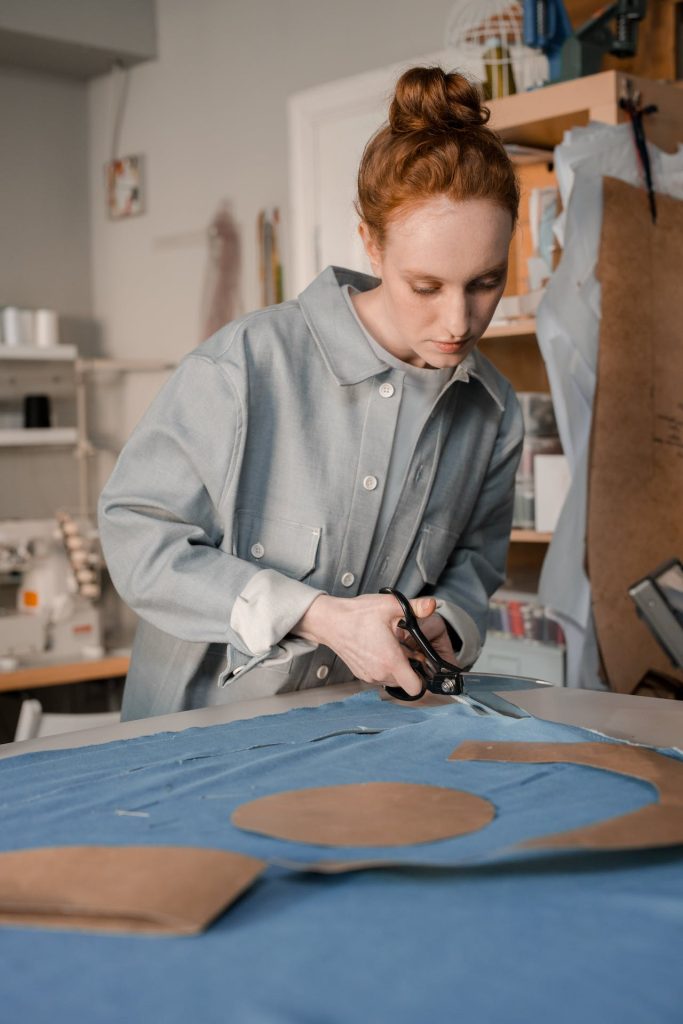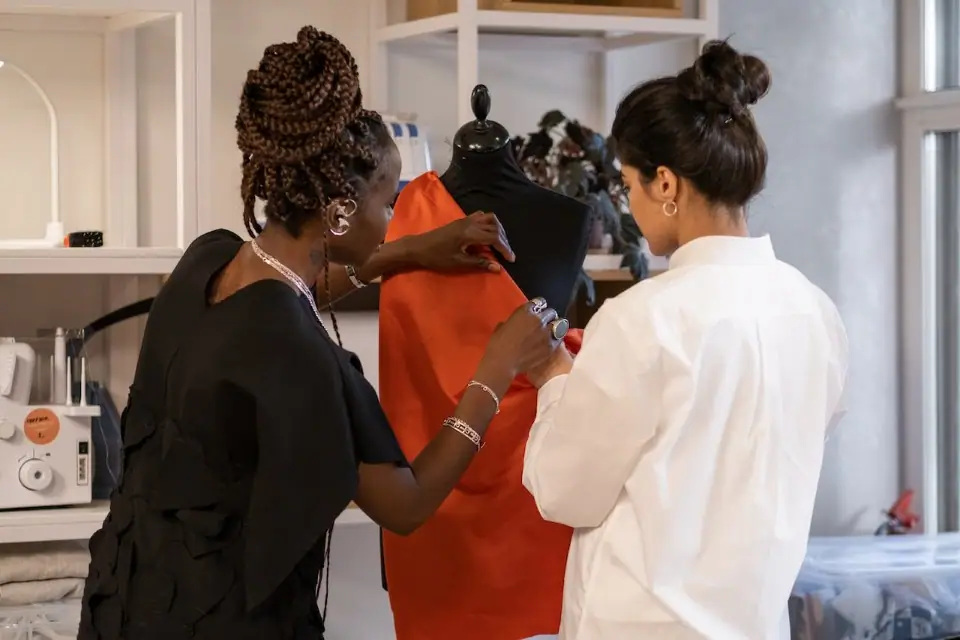Fashion designers are the creative visionaries behind the glamorous world of clothing and style. Their expertise goes beyond sketching pretty outfits; it involves a meticulous process that transforms an idea into a tangible piece of art. Let’s delve into the fascinating realm of fashion design to unravel the intricacies of this captivating profession.
Crafting Concepts and Themes
Fashion designers are essentially storytellers, weaving narratives through fabrics and stitches. They conceptualize themes, drawing inspiration from diverse sources such as nature, culture, or even historical periods. NLP algorithms assist them in analyzing current trends and predicting future ones, ensuring their creations are not only aesthetically pleasing but also resonate with the zeitgeist.
Sketching the Blueprint
Once the concept takes shape, designers bring their ideas to life through sketches. These initial drawings serve as blueprints for the garments, detailing every seam, pleat, and embellishment. Advanced computer-aided design (CAD) tools enhance precision, allowing designers to experiment with textures and colors virtually before committing to physical prototypes.
Material Selection and Sourcing
The choice of materials is pivotal in the design process. Fashion designers leverage NLP algorithms to analyze market trends and identify sustainable, high-quality fabrics. They navigate a vast landscape of suppliers, ensuring that the selected materials align with the design’s vision and meet ethical and environmental standards.
Pattern Making and Prototyping
Pattern making is the technical backbone of fashion design. Designers, often aided by computer algorithms, create templates that serve as the basis for cutting fabric pieces. Prototyping follows, allowing designers to test the viability of their designs in three dimensions. This iterative process refines the garment’s fit, silhouette, and overall visual impact.

Collaborating with Manufacturers
Fashion designers collaborate closely with manufacturers to bring their creations to mass production. Clear communication is crucial to ensure that the design’s essence remains intact during the manufacturing process. NLP-driven communication tools facilitate effective collaboration, bridging the gap between the creative and logistical aspects of production.
Showcasing at Fashion Events
Fashion designers play a pivotal role in the grandeur of fashion events. Whether it’s a runway show or a digital presentation, they curate the overall experience, orchestrating the visual narrative that unfolds on the catwalk. NLP technologies help designers understand audience preferences, enabling them to create immersive experiences that resonate with the target demographic.
How long does it take to become a fashion designer?
The duration varies, but most aspiring designers complete a bachelor’s degree in fashion design, which typically takes four years. Additional experience through internships and apprenticeships is valuable for honing skills.
Do fashion designers need to be good at drawing?
While drawing skills are beneficial, they are not mandatory. Many designers use computer-aided design tools for sketching. What’s crucial is the ability to convey ideas visually, whether through hand-drawing or digital methods.
Is fashion design only about clothing?
While clothing is a primary focus, fashion designers also extend their expertise to accessories, footwear, and even costume design for film and theater.

How do fashion designers stay updated on trends?
Fashion designers employ various strategies to stay abreast of trends, including attending fashion shows, analyzing fashion publications, and leveraging NLP algorithms to gather insights from social media and online platforms.
Are fashion designers involved in sustainable practices?
Many modern fashion designers prioritize sustainability. They use eco-friendly materials, adopt ethical production practices, and embrace circular design principles to minimize environmental impact.
In Conclusion
Fashion designers are the architects of style, merging creativity with technical expertise to shape the ever-evolving world of fashion. Their journey involves navigating through inspiration, sketching, material selection, collaboration, and showcasing. In a world driven by innovation and technology, NLP tools have become invaluable companions, aiding designers in staying ahead of trends and enriching their creative process. As we continue to witness the transformative power of fashion, it’s clear that the role of the designer extends far beyond the seams—they are the maestros orchestrating the symphony of style.

